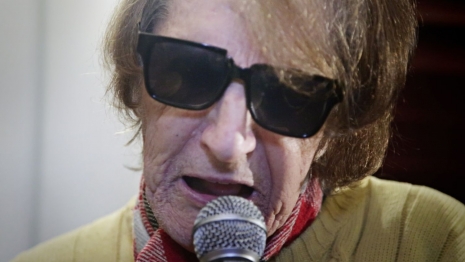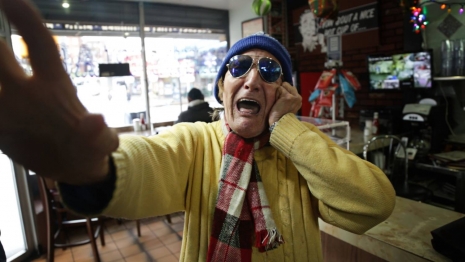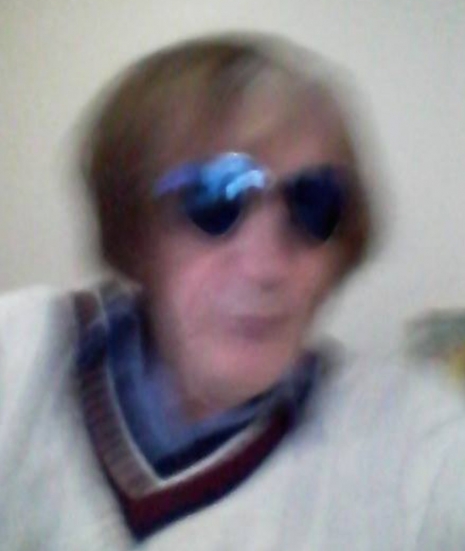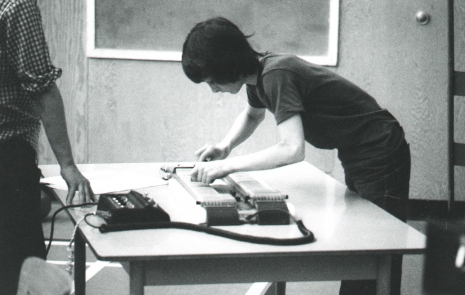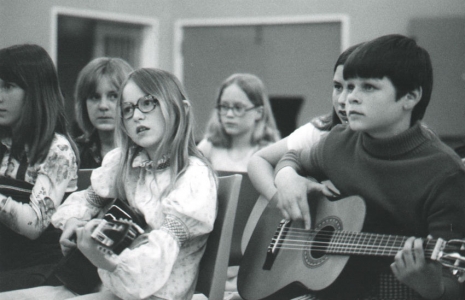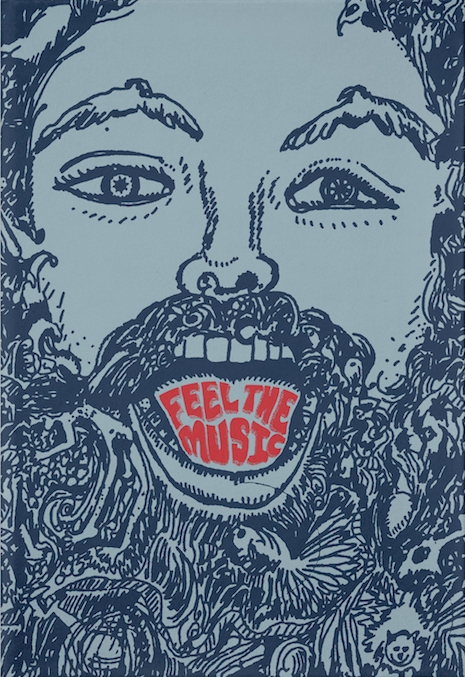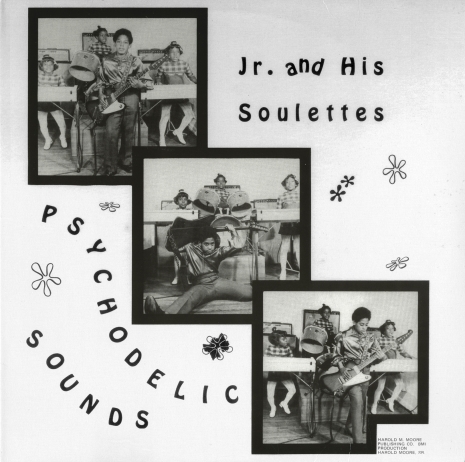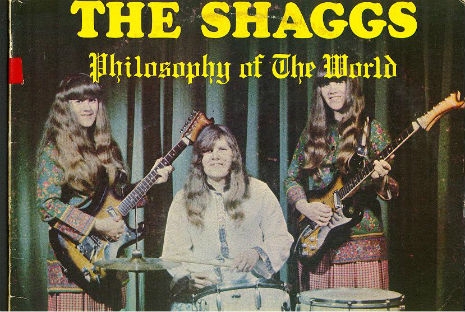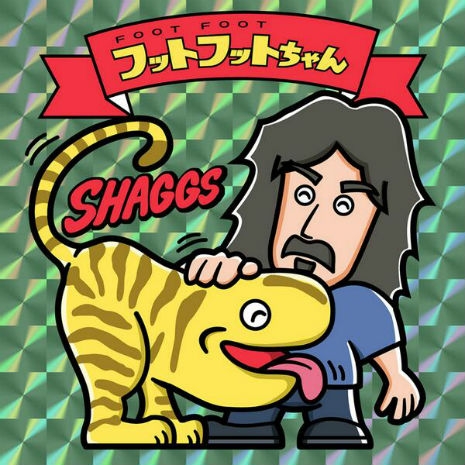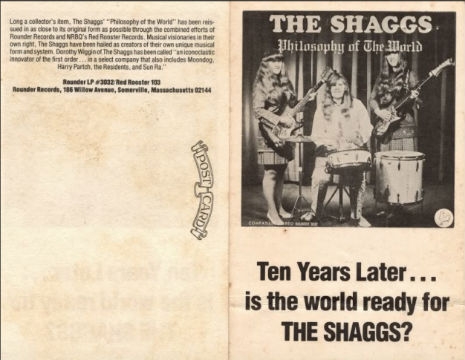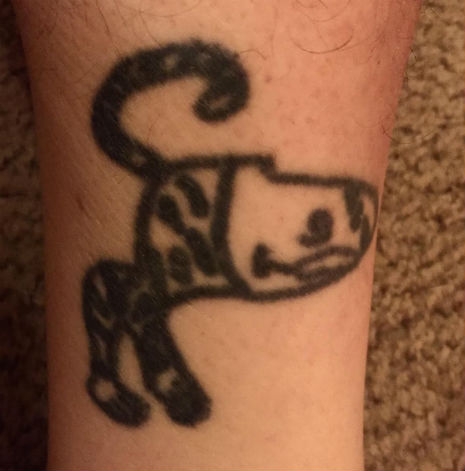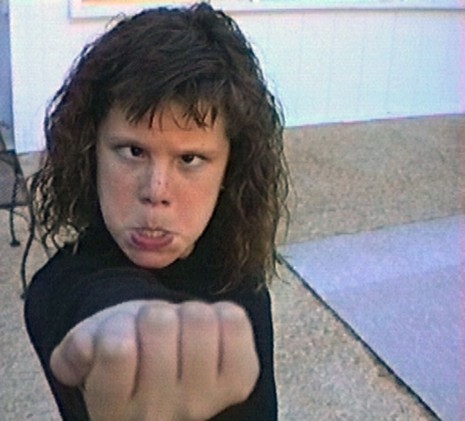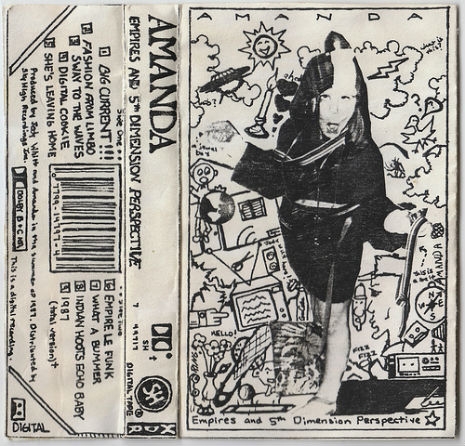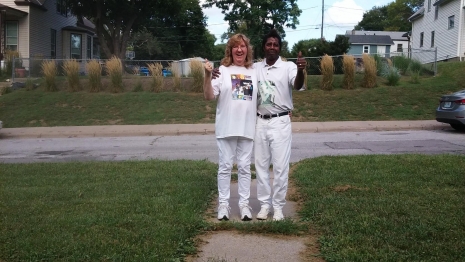
Let’s be real - shit is pretty fucked up right now. I’ve got that P.M.A., sure, but doesn’t it sometimes feel as if the world is literally crumbling around us? I say this [of course] with a bit of tongue-in-cheek cynicism and even a touch of mild sarcasm, but seriously—what the fuck is up?
It’s the little things in life that make everything seem O.K. When you’re down, is there a song you like to play to cheer yourself up? Or a television show that never fails to comfort or distract you? For me, it’s something living and real. It’s the music and story of outsider musician, Superstar & Star.

Neville Lawrence was born at some point in the early 1960s on the island of Trinidad. As a youth, he joined a local dance group and would perform in any way he could. Neville describes Trinidad as a place rich in music and celebration. This is something that has contributed to his creative background, although he claims to have no musical training. Popstars like Michael Jackson and Tina Turner became big influences on Neville’s life, as he hoped that someday he too would become, a Superstar.
In July of 1988, Neville moved to the United States to live with his family in Brooklyn. Having always been interested in singing, he purchased rudimentary audio equipment at Brighton Beach and learned to record his own songs. Neville would perform at New York venues such as The Arc and Samy Hotel, where he had shared the stage with the likes of Snoop Dogg, Biggie, and Tupac. I’m still not sure if he is fully aware who they are.
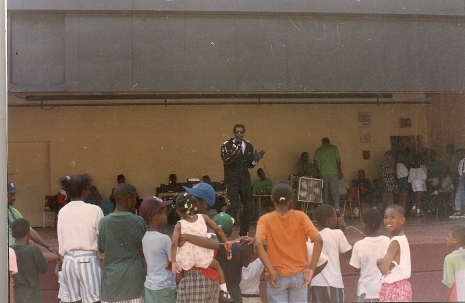
Superstar performs in New York in the 90s
After much diligence, Neville quite literally became a Superstar. It’s more than just a name—it’s a way of life. In order to act the role, one must demonstrate the ability to be the best person he or she can possibly be. We all must in some way contribute to the greatness of this twisted world that we live in. “To be a star, you must be disciplined, respectable, and humble,” he once told me. “If someone falls, you pick them up. Like a superhero.” Superstar hopes to make music that will make people help one another.
While in New York Neville met the love of his life, Ann (Star). She performed backing vocals, so they became known as Superstar & Star. Although Neville had once stated that the crime-rate decreased while he was in New York, duties eventually called elsewhere and the two moved to Omaha, where they reside today. Now without many opportunities to perform his songs locally, Superstar went online.
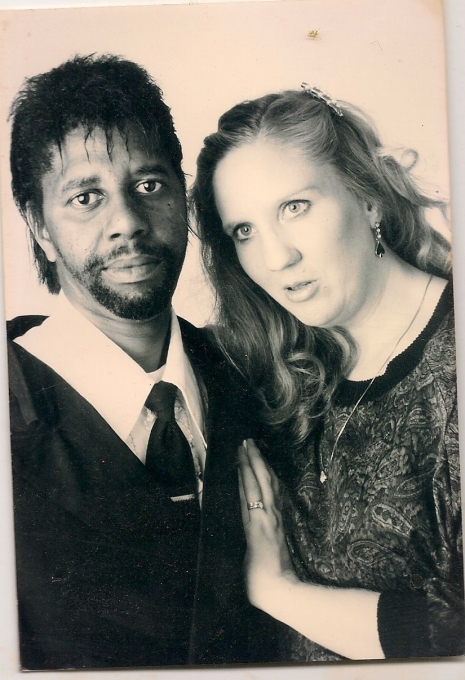
Superstar and Star
The music of Superstar & Star is described as lo-fi pop and disco, with a blend of calypso, soul, reggae, and sometimes even underground house. Coming from someone completely unaware of musical trends and movements, the recordings are actually pretty good considering Neville’s authentic outsider status. Keeping with his strive to end suffering in the world, most songs contain positive themes or connotations that follow the Superstar motto: “Life is Worth Living.” Neville claims to have written and recorded over two hundred songs, and most of which will probably never see the light of day. What has been released, however, exists on YouTube and is oftentimes accompanied by a mesmerizing DIY home music video that he shot himself. I think about all of them feature Superstar singing and dancing in various locations at home and throughout Omaha. And I can’t forget to mention this, Superstar performs in a totally amazing white and gold jumpsuit that he made himself.
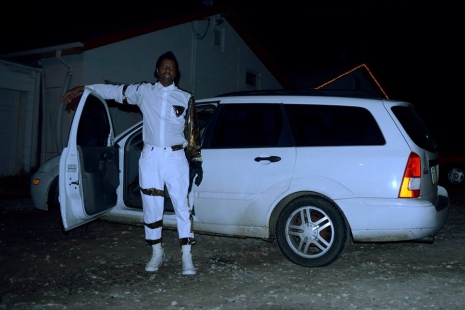
The accessibility of the World Wide Web has allowed Superstar to find people who truly care about him. His home recordings and bizarre social media presence, along with an infectious sense of positivity, has gained Neville a fascinating cult-like following of both music-heads and weirdos from around the world.
More after the jump…






